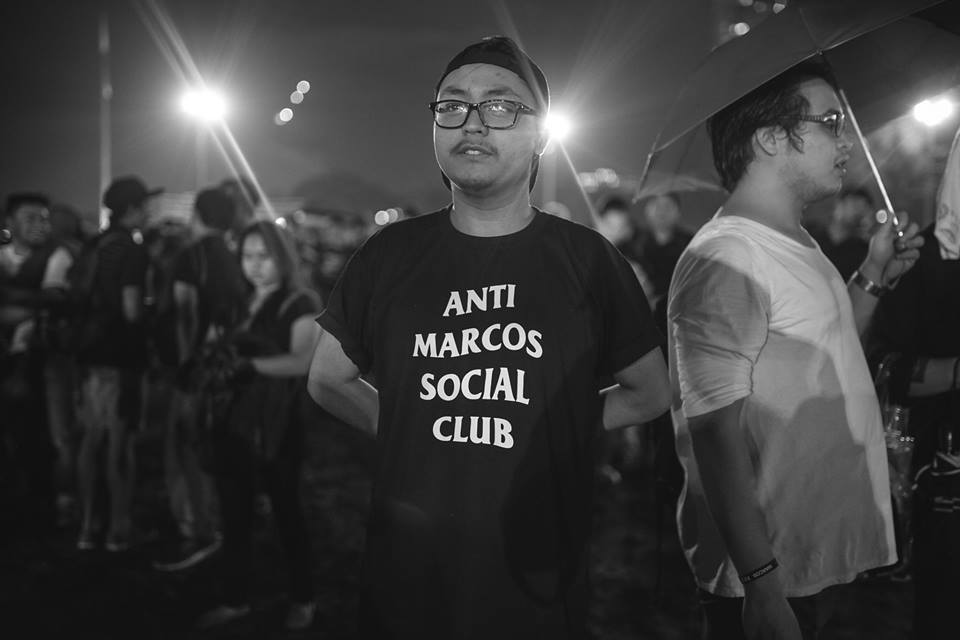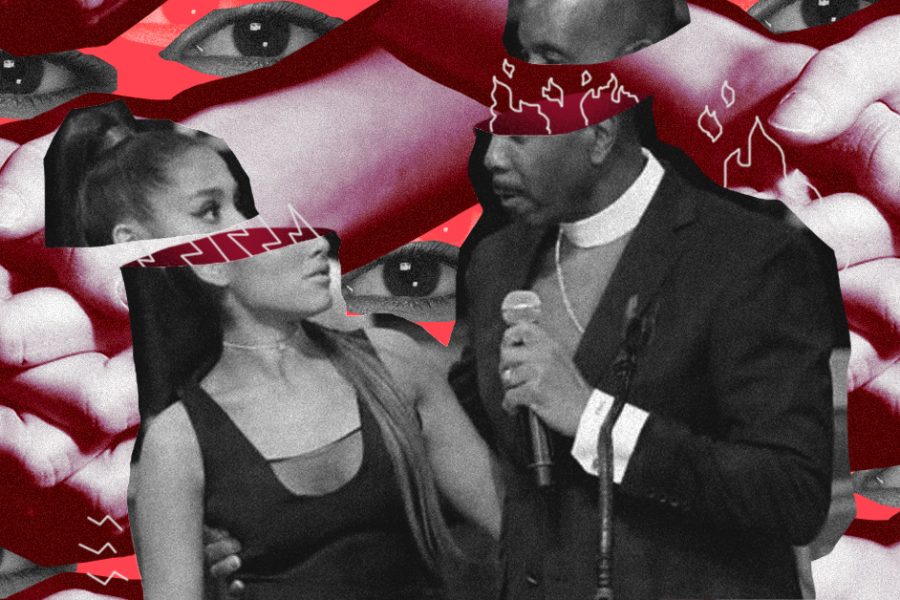For the longest time, most of us had only ever associated “GomBurZa” with Catholicism and martyrdom. Some didn’t know what role they played in our fight for liberation (much less their actual names) while others totally had no idea they even existed.
Their names were seemingly written in the smaller corners of history books, always making space for the more “prominent” figures who actively stood at the forefront of the battles.
So, having a mainstream film that centers on the three martyred priests has been an absolute eye-opener for many. “GomBurZa” by Pepe Diokno has provided a straightforward image of the circumstances that ultimately led to their unjust execution.
Besides being visually pleasing—it wouldn’t bag the 49th Metro Manila Film Festival best cinematography award for nothing, after all—it has dismantled the barricade that had confined Mariano Gómez, José Burgos, and Jacinto Zamora to the margins of our historical consciousness, too.
As with any cinematic portrayal, though, the movie necessarily condenses what a casual viewer would probably deem “overwhelming information” into a somewhat digestible narrative.
It pretty much answers “What happened?” and “Why did things turn out the way they did?” but there’s still a lot to unravel—a.k.a. details and nuanced perspectives that linger between each scene we’ve seen on the big screen. In other words, the film serves its purpose, but there’s more to explore.
A few months before the premiere of Diokno’s “GomBurZa,” a documentary of the same title was uploaded by the National Historical Commission of the Philippines on YouTube. It provides a deeper dive not only into the lives of the three priests but also into the broader context that shaped their fate. Some figures loosely linked to their story are also mentioned: Bancao, Sumuroy, Tapar, and Hermano Pule, among others.
Plus, the documentary touches on the lesser-known aspects of the struggle for Philippine independence from Spain, such as the early religious revolts, the power dynamics between the friars and the local population, and the impact of external events (e.g. the Glorious Revolution in Spain) on Filipino society.
You may think of this docu as the behind-the-scenes companion piece of a feature film. It can fill in the gaps, offer a more comprehensive panorama of the sociopolitical climate at that time, and even tie up some loose ends.
Read more:
Agueda Kahabagan was our first woman general. But do you know her?
Rewatch ‘A Thousand Cuts’ and understand PH press freedom’s reality
Know the difference: It’s historical denialism, not revisionism, that’s the problem
Still from “GomBurza (An NHCP Documentary)” on YouTube
























Comments